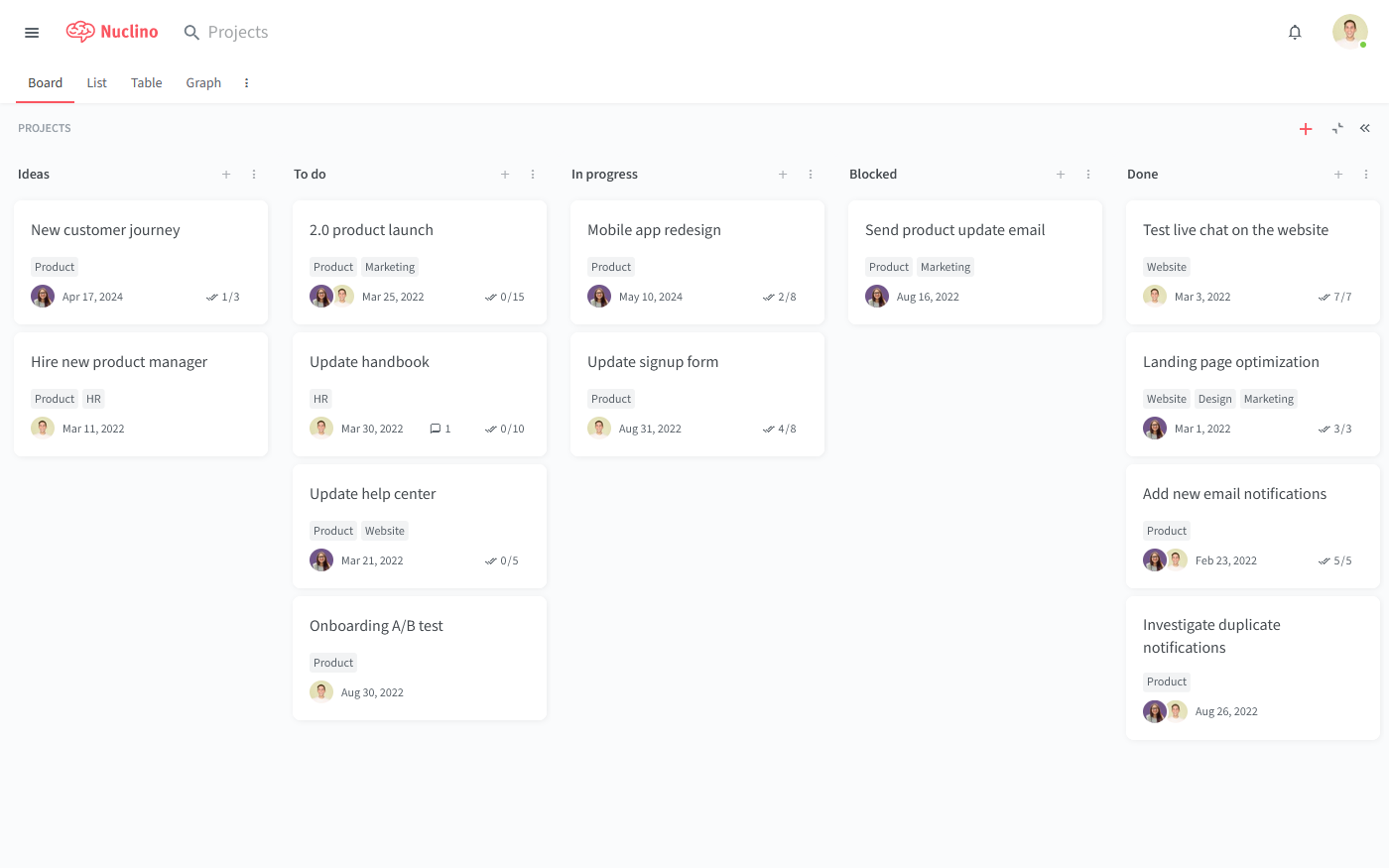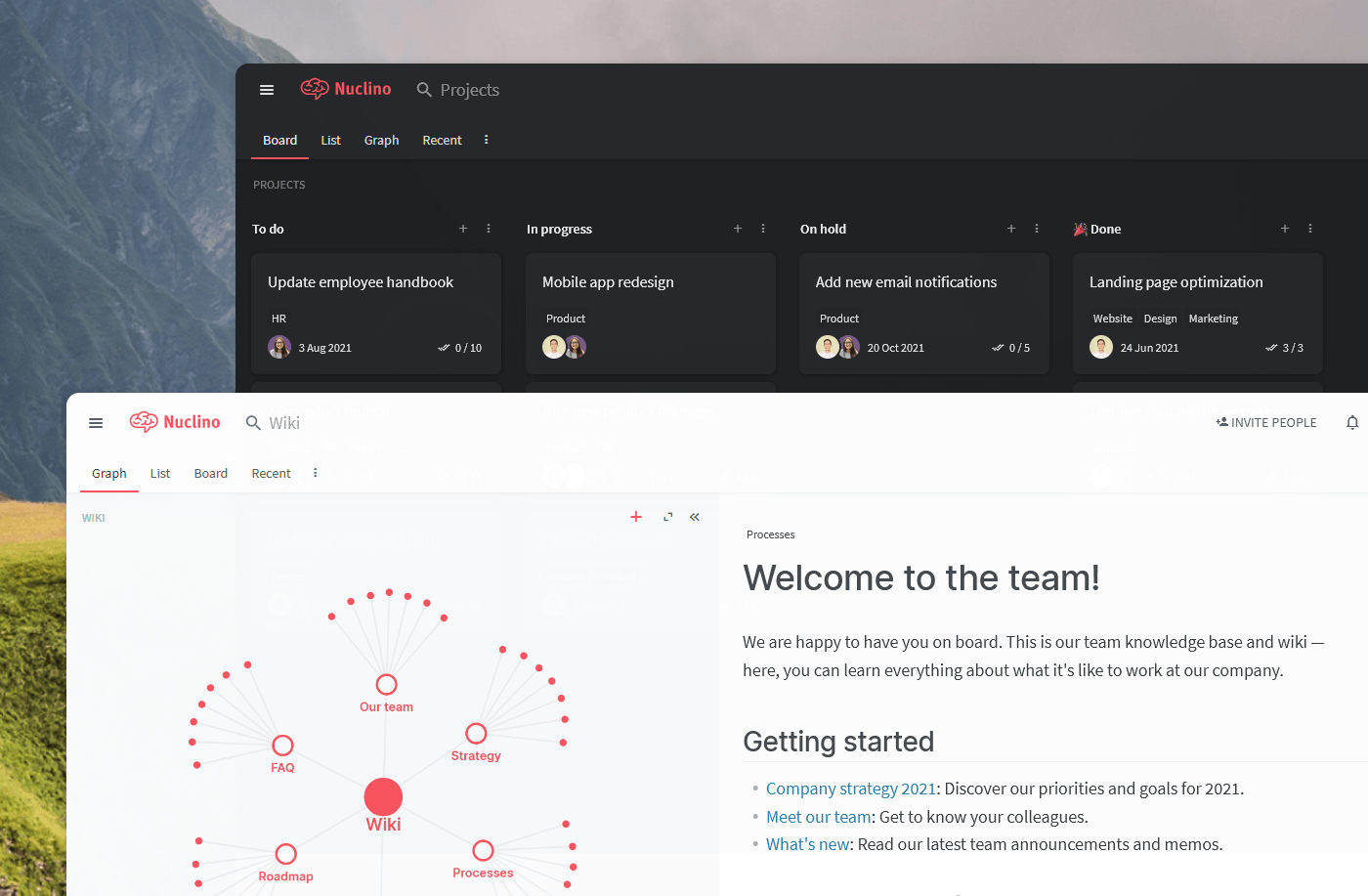How to Write a Business Memo
Learn how to effectively communicate your ideas, decisions, requests, and announcements to your team.
A memo, or memorandum, is one of the most common forms of business communication. While the way memos are distributed has changed – emails have taken the place of printed notes and physical company notice boards – they still play a crucial role in keeping all employees on the same page.
Let's dive deeper into what a business memo is and how to write it effectively.
What is a business memo?
A memo is a note or a document distributed within an organization to share information. The term comes from the Latin word "memorandum", meaning "notable" or "memorable".

Memos are often used to effectively communicate ideas, decisions, requests, or announcements to large groups of employees, like your entire department or everyone at the company – for example, a new internal policy introduction, a reminder the clean the shared breakroom, or an invitation to attend a staff party.
A memo allows companies to disseminate information and communicate with their teams asynchronously, without having to schedule extra meetings or communicate important announcements one line at a time on Slack.
Here is an example of a business memo created in Nuclino, a unified workspace for all your team's knowledge, docs, and projects:

A memo in a business wiki (created in Nuclino)
Nuclino can be a great solution for sharing memos and collaborating on documents, but it can serve equally well as an internal knowledge base, a project management tool, a technical documentation tool, and more. It works like a collective brain, allowing you to bring all your team's work together and collaborate without the chaos of files and folders, context switching, or silos.

Business memo format
Although they can take different forms, business memos are always brief, clear, single-subject documents. They follow a simple structure and usually include the following sections:
Date: Include the full date of the memo.
To: Include each recipient’s name and job title. If you're addressing a group – a team, a department, or the entire company – simply state the name of the group.
From: Include your name and title.
Subject: Keep the subject brief and clear.
Body: Concisely summarize the issue.
It may also be helpful to include the business phone number or email address of someone who can address any follow-up queries.
The tone of business memos tends to be fairly friendly and informal. A signature is usually not included, but it may be appropriate depending on your message or your company’s style.
How to write a business memo
When it comes to writing memos, there are several simple dos and don'ts to keep in mind:
Get to the point immediately. Structure the memo so that the most important information comes in the beginning. Don't write detailed introductions or give extensive overviews of the topic, start with the reason you are writing this memo.
Use bullet points. If you have several issues to cover, structure them as a bulleted list. This will make your memo easier to read and digest.
Use headings. If the memo is longer than one paragraph, consider dividing the body into several sections to allow the readers to quickly scan the contents.
Be succinct. Keep the memo focused on one main point. If you want to provide your readers with more information, link to other resources and keep the document no longer than 1-2 pages.
Use a template: When you find a format that works for your company or your team, stick to it and use it consistently. Create a memo template and share it with your colleagues.
Don't print it out: Avoid distributing printed out memos – you will end up with important memos buried under other paperwork on your employees' desks and outdated memos creating confusion. Instead, share the memo online, for example, through your internal wiki or company intranet.
Don't discard old memos: Another good reason to have a dedicated tool for your memos – such as a wiki or knowledge base software – is that it gives you one central place to organize all your memos. Chances are, you may want to revisit an old memo in the future, and you wouldn't want to waste any time hunting through your inbox.
If your company doesn't have a team wiki, you can easily create one in Nuclino. Nuclino is a collaborative workspace that will not only make it easy to share memos with your team, but also allow your colleagues to give their input.
Your team can ask questions and share their feedback directly in the document, so that you can be sure your memo got the message across. Use comments and mention individual members or groups to send them a notification and grab their attention.

Business memo template
Make sure to create a template for your memos and have it used by the entire team. If all your memos have a consistent style and structure, they will be much easier to write and understand.
There is no one-size-fits-all when it comes to writing memos, but most companies use a similar format. Copy and customize this memo template for your own team:

Business memo template (created in Nuclino)
Writing memos may seem like a trivial task, but it's a fundamental part of internal communication for every organization.
If the memo doesn't reach its intended audience or is written in an unclear way, it may end up creating confusion and resulting in unnecessary meetings just to get everyone on the same page. When done correctly, however, a memo can be one of the most effective ways to share information and keep your team aligned.
Nuclino: Your team's collective brain

Nuclino brings all your team's knowledge, docs, and projects together in one place. It's a modern, simple, and blazingly fast way to collaborate, without the chaos of files and folders, context switching, or silos.
Create a central knowledge base and give your team a single source of truth.
Collaborate in real time or asynchronously and spend less time in meetings.
Manage and document your projects in one place without losing context.
Organize, sort, and filter all kinds of data with ease.
Integrate the tools you love, like Slack, Google Drive, Figma, Lucidchart, and more.
Ready to get started?
